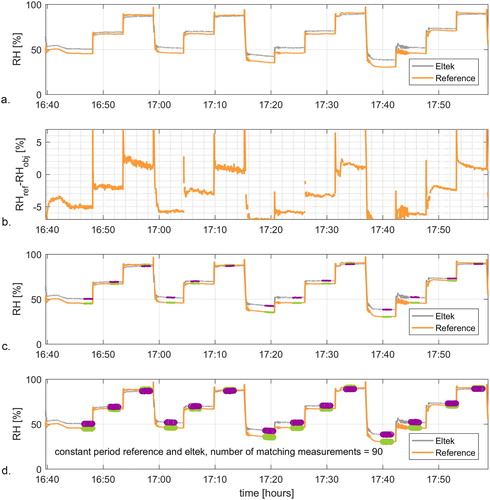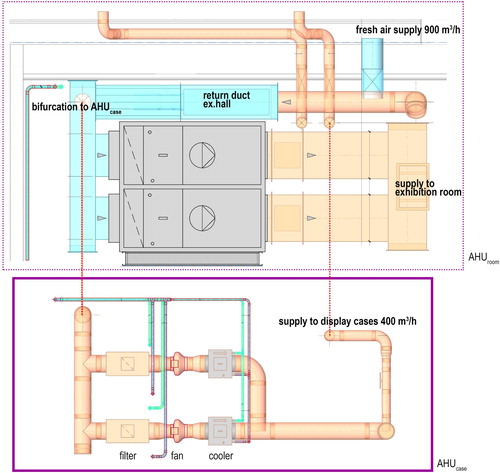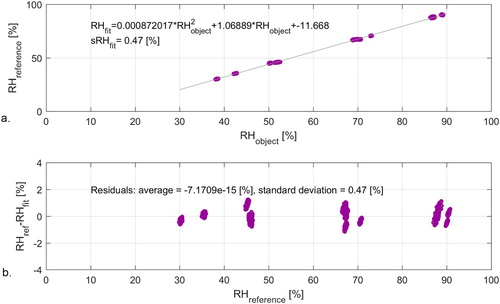Figures & data
Figure 1. Impression of Anne Frank House exterior (left images and top right) and the interior of the new Diary room (bottom right) with display case 1. Images © Anne Frank House/Photographer: Cris Toala Olivares.
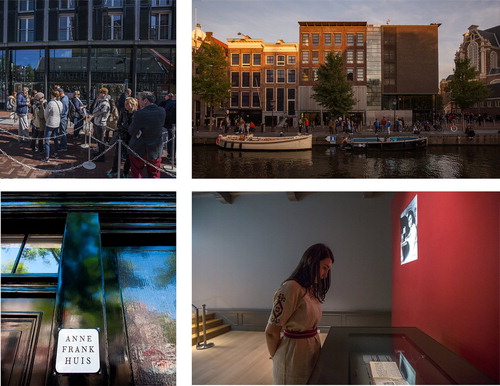
Figure 2. Floorplan of exhibition gallery with T/RH sensor locations and positions of the air in- and outlets with the air volumes involved.
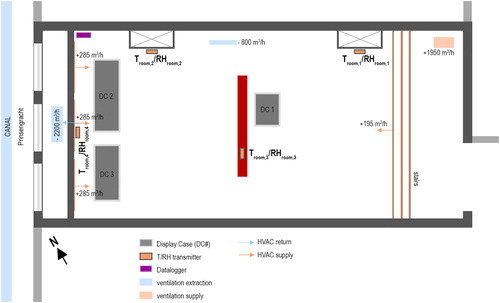
Figure 4. Simplified cross section of display case with locations of combined T/RH sensors and surface T sensors.

Figure 5. Photographs of Display case design while opened. Combined T/RH sensors were placed in the center of the inner display case and surface temperature sensors mounted to the inside of the glass plate.

Table 1. Overview of initial parameters of experiments during this study.
Figure 6. 2D model geometry of display case 1. Data point locations and dimensions in mm (right) and boundary division (right).
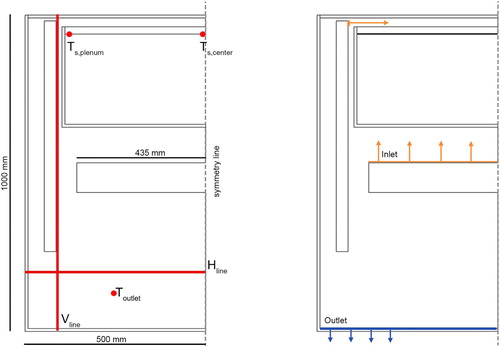
Figure 7. 3D model geometry of display case 1. Data point and data line locations (left) and dimensions in mm with boundary division (center) and surface-to-surface radiation planes (right).
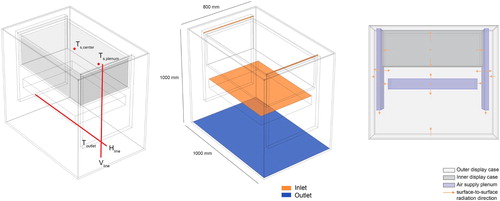
Figure 8. Coarse (left), medium (center), and fine (right) grid used for grid sensitivity analysis for the 2D and 3D cases.
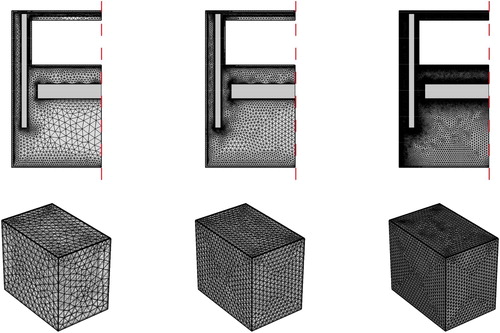
Figure 9. Outdoor temperature, relative humidity, specific humidity and irradiance of the Amsterdam location (Schiphol) during the measurement period. Starting dates of experiments are expressed by the vertical lines.
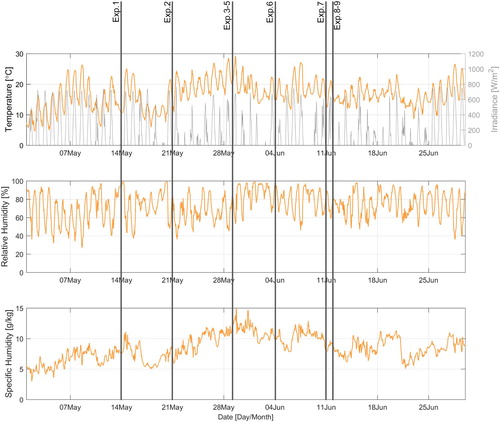
Figure 10. Comparison between Ta, case of the Eltek sensors (gray) and BMS sensors (orange) in display case 1 (upper), 2 (middle), and 3 (lower) during the first experiment.
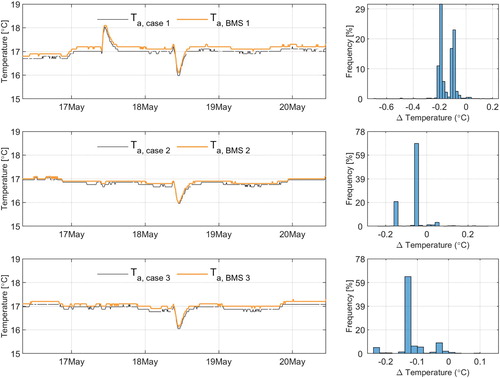
Figure 11. Indoor climate conditions of the exhibition gallery and display case 1 during experiment 1 and 2. Peak A shows a malfunction of the cooling machine and dip B shows an extra cooling capacity tests performed by the technicians.
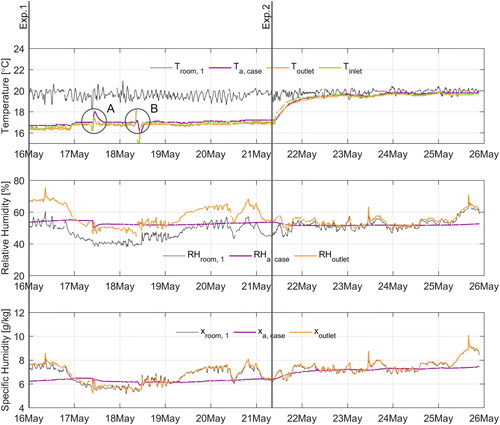
Figure 12. Indoor climate conditions of the exhibition gallery and display case 1 during experiments 3, 4, and 5. Emergency setting was tested and Troom decreased to 18°C within an hour, after which and extreme situation was imposed and Troom increased to 24°C. Tinlet was kept as close to 16°C throughout the experiment.
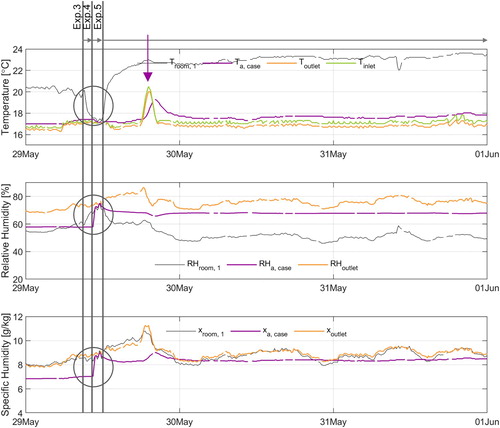
Figure 13. Indoor climate conditions of the exhibition gallery and display case 1 during experiments 7–9.
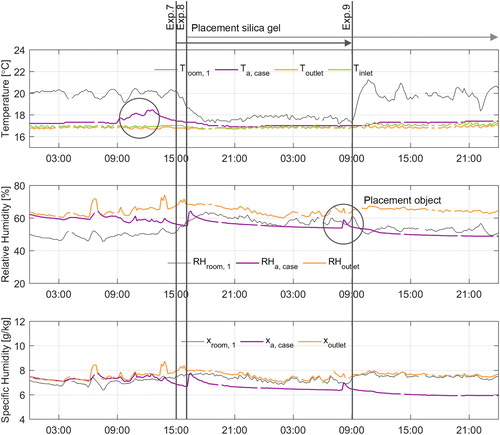
Figure 14. Indoor climate conditions of the exhibition gallery (gray) and display case (colored) during experiment 9. The exhibition gallery was opened to public during this experiment and silica gel controls RHa, case.
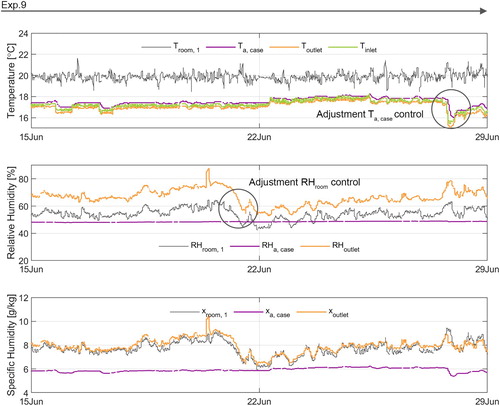
Figure 15. Grid sensitivity analysis for 2D model for Ts,center (left), Ts, plenum, (center) and Toutlet (right). Measurement locations can be found in where Ts,center, Ts, plenum, and Toutlet are pictured.
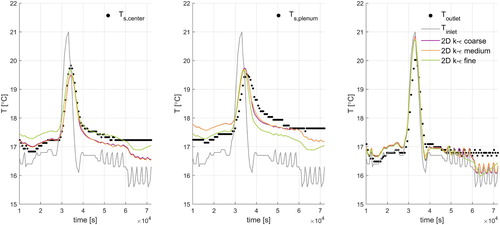
Figure 16. Grid sensitivity analysis through horizontal (left) and vertical (right) plane for 2D model. Locations of the lines can be found in .

Figure 17. Comparison between experimental results and simulation results for Ts,center, (left), Ts.plenum, (center) and Toutlet (right) in the 2D and 3D case for several turbulence models.
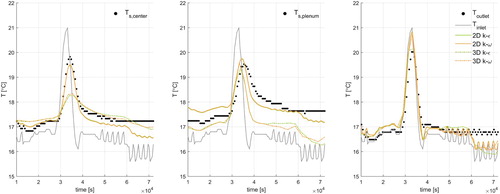
Table 2. Validation metrics for the 2D medium grid display case.
Figure 18. Simulation results of yearly imposed dynamic conditioning with ASHRAE climate class AA as Troom.
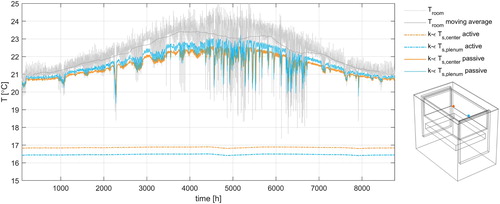
Figure A1. Indoor climate conditions of the exhibition gallery and display case 1 during experiment 6.
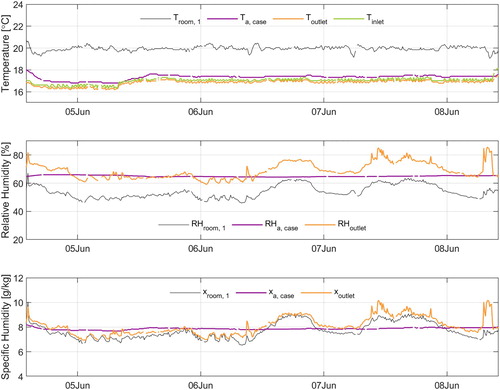
Figure A2. Imposed temperature trajectory with results (a) and comparison (b) between Eltek sensor (object) and reference sensor. The constant period is calculated (c) to provide a number of overlapping matching measurements (d).

Table A1. Temperature calibration correction; average value of 44 measurements per imposed set point.
Figure A3. Eltek and reference fitting by using polynomial function (a) and the residuals to confirm the correct use of this function (b).
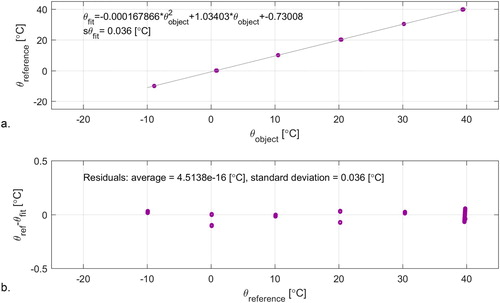
Table A2. Polynomial parameters for T and RH of the sensor used in inner display case 1.
Figure A4. Imposed relative humidity trajectory with results (a) and comparison (b) between Eltek sensor and reference sensor. The constant period is calculated (c) to provide a number of overlapping matching measurements (d).
